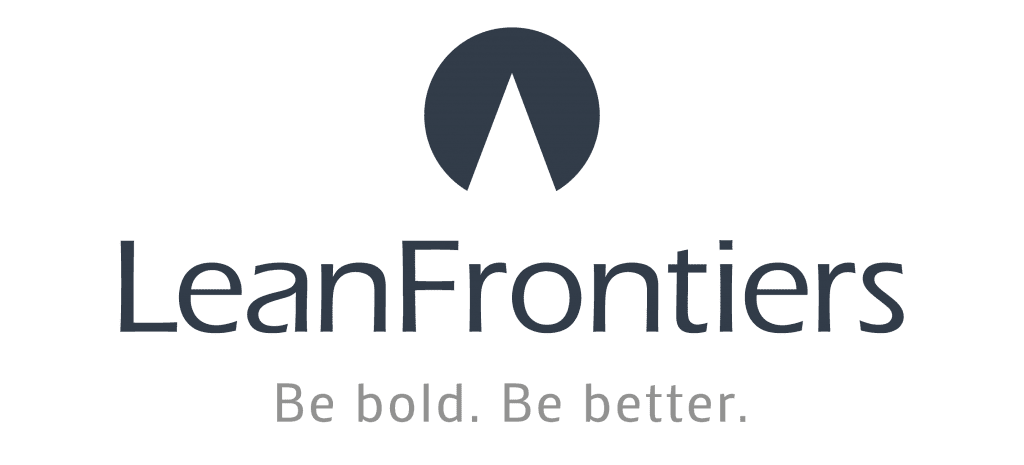In July 2016, my children and I returned to Zambia, Africa. The changes seem to come slow with each trip but they also come with a significant impact. The honey business is booming and has been doubling in output with each harvest (there are approximately 2.5 harvests per year). Sales internal to Zambia and several surrounding countries have substantially increased, as well as contracts with European export. As a result, the number of villagers earning income from honey harvests has increased to over 17,000; plus, villagers in Congo and several other surrounding countries have joined in. An additional result is, the honey business is impacting more than just Zambian villagers. At the Rivendell Farm, where my friends live and develop these businesses, the local villagers are employed in the beehive manufacturing, honey processing and shipping, and honey harvesting among other businesses there.The increase of the honey production has helped maintain and increase the beehive production at the beehive plant. Although it suffered a significant fire with damage last year (2015), they have rebuilt and recouped their operation and continue to do so with a steady and increased daily production output. The beehive factory now produces 200 hives per day (one shift) with 20 people in production roles. This is out of 10 hives per person per day (shift) and has resulted in a 150 percent productivity increase since I last visited in 2013. There has also been an overall daily output increase of 100 percent to meet their honey contract increase. Quite an improvement!The beehive factory has also utilized and maintained their flow production. It is actually a fake flow production; but, they have held a steady small batch process throughout the past three years which is actually a nice feat for manufacturing in the bush of rural Zambia. They have also made improvements. One of these improvements is better placement of the process in a flow sequence through the factory. Another improvement is an improved rack system (see photos) for gluing and drying the boards. This is a batch process by nature of the time required for the glue to dry, but utilizing the racks for gluing and drying the boards has reduced labor time as well as consumed much less floor space.
As a result of the success of the honey business, that model is being used to further increase and improve the income and work for the Zambian villagers. There is a similar deployment of goats and chickens, along with the beehives, currently in the process of being developed. This deployment would include a home as well. Like the beehives with the honey harvest, villagers would receive a home and goats, and then eventually chickens – along with the beehives they already have.The home is specially built for them from a new technique using concrete and bamboo (bamboo is indigenous and flourishes everywhere in the bush). The house would have a concrete floor and walls and square footage approximately six times larger than their typical dwelling which had been mud and thatch with a dirt floor. The concrete and bamboo also are used to build a fenced in goat pen and eventually a similar structure for the chickens. The entire home and livestock fencing can be constructed for only $900. The villagers also receive 30 goats for a start. Goats reproduce at a rate of approximately 3 birth cycles annually and 2.6 kids per birth. Goats can be either bred or sold for meat (goats are a staple food source in this part of Africa) at about 4 months old. This gives the villager both a food source (meat and milk) as well as a rapidly proliferating business source (sealable capital year around) . Also, goats thrive on eating all kinds of indigenous vegetation like bamboo and other abundant plants; therefore, they are relatively easy and inexpensive to maintain. The revenue generated from the goats and from the honey harvested from the beehives can give the villager and his family a huge increase in monthly income. The income is used to pay for the new home and also given to the foundation which supplied them with the home, hives, goats, and chickens so that funds are raised to make more capital available for more villagers. It is a self-generating capital venture.Now, rural Zambians have the ability to own their home, contribute to building their community (their profit goes toward another villager), have a profitable business, and an eventual equivalent income of $60K annually which would put them in the top one percent. This is the goal, to give rural Zambians meaningful and profitable work as well as their own property (home, hives, goats, and chickens) so they can generate a livelihood, capital, and contribute to their community to develop a fruitful and abundant life. Creating wealth is at the center of success (with a moral underpinning). The creation of capital to support and drive more capital creation is critical to any society, but it is sorely needed in Africa. Being involved in this work in Zambia with our friends has been very rewarding, insightful, and has provided great lessons for myself and my children. We will return in the not-too-distant future to continue to help with the manufacturing operations (there are always opportunities for improved flow and problems to solve!) and also help with the further capital self-generation that the honey, goats, and chickens can provide. It will help create a higher standard of living and greatly contribute to Zambia’s strong growth over the past several years.


